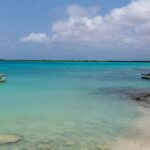The breathtaking natural wonder Lake Tanganyika of Africa stretches across Tanzania, Zambia, and Burundi, together with the Democratic Republic of the Congo. With its remarkable depth, the lake ranks as the second-deepest freshwater body on Earth, showing clear water while hosting a variety of aquatic life and beautifully scenic views. The lake provides its visitors with memorable adventures no matter what their interests may be, between diving through colourful underwater habitats and chimpanzee encounters or relaxed relaxation periods. All kinds of beach tourism, in addition to exciting water activities, combine to make this destination one of the best traveller choices available.
Quick Details About Lake Tanganyika
Location: Borders Tanzania, DRC, Burundi, and Zambia
Size: World’s second-deepest and longest freshwater lake
Depth: 1,470 meters (4,820 feet)
Length: 673 km (418 miles)
Biodiversity: Home to 350+ fish species
Importance: Provides water, food, and transport for local communities.
Major Rivers:
- Inflows: Ruzizi, Malagarasi, Kalambo
- Outflow: Lukuga River
Location
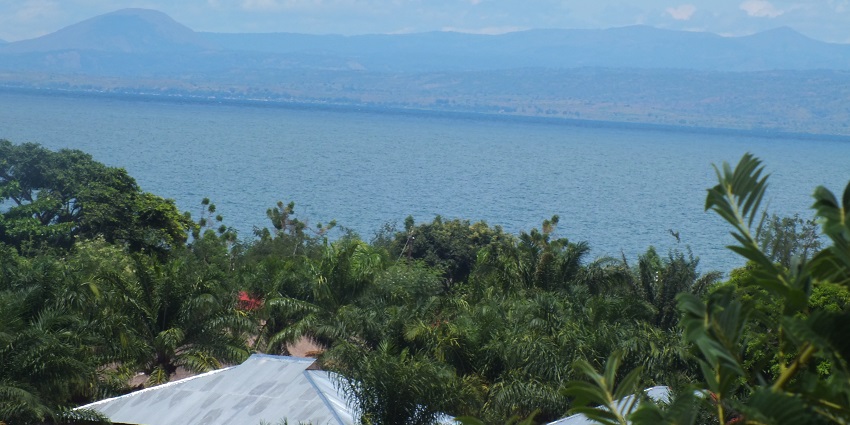
Photo: Orrling / Wikimedia Commons
Lake Tanganyika is located within the Albertine Rift, the western branch of the East African Rift, and is surrounded by the mountains’ walls of the valley. Furthermore, it is the world’s deepest lake and contains more freshwater than any lake in Africa, containing some 16% of Africa’s freshly available water. The lake stretches 676 km (420 mi) in a general north-south direction and is an average of 50 km (31 mi) wide. Surrounding the lake are fertile mountains and verdant beaches, in addition to being rich in wildlife, creating a true paradise for nature lovers.
How To Reach

Photo: Maria Tyutina / Pexels / Image For Representation Only
By Air: The primary airport for travellers going to the eastern shores is Kigoma Airport in Tanzania, while for those visiting the lake from Burundi, Bujumbura International Airport seems a good option. From Zambia, Ndola or Lusaka can be considered as air entry points and then proceed by road.
By Road: In Tanzania, buses run from Dar es Salaam to Kigoma, which is a nice option for road travellers. In Burundi, accessibility to the lake is good by road from Bujumbura. Zambia offers road access from Mbala to Mpulungu, while travellers intending to visit the Congolese side may reach the lake through Kalemie.
By Train: Those travelling by train will find that the Central Line Railway in Tanzania connects Dar es Salaam with Kigoma on a beautiful journey of around 40 hours. On the Zambian side, the Tazara Railway operates from Dar es Salaam to Kapiri Mposhi, where the traveller can board a bus to Mpulungu, a major gateway to the lake.
Things To Do
Explore the crystal-clear waters of Lake Tanganyika through snorkelling, diving, kayaking, and fishing while soaking in its breathtaking natural beauty.
1. Snorkelling And Diving
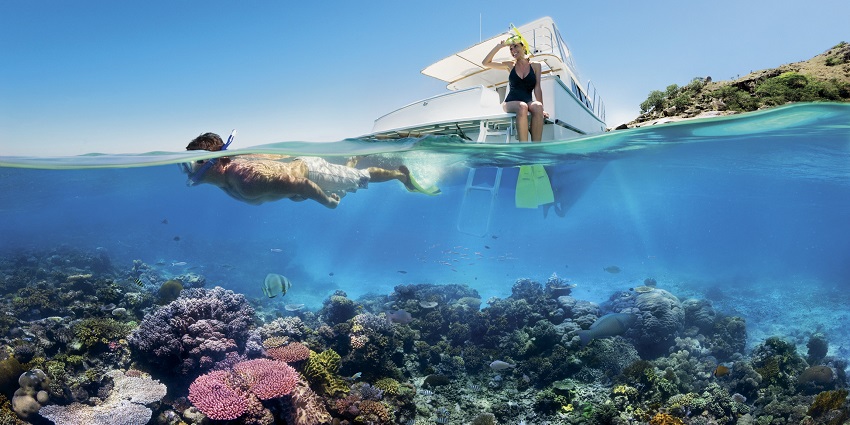
Photo: Queensland / Wikimedia Commons
Discover and experience the clear blue waters of the lake, where over 350 species of fish can be found, and most are bright, glowing cichlids. There is some great visibility in the lake for an unforgettable diving experience; even the most novice diver will not be disappointed. The underwater characteristics of this lake include rocky reefs and submerged caves ideal for further water creatures, making it one of the finest freshwater diving destinations in the world.
2. Kayaking And Canoeing
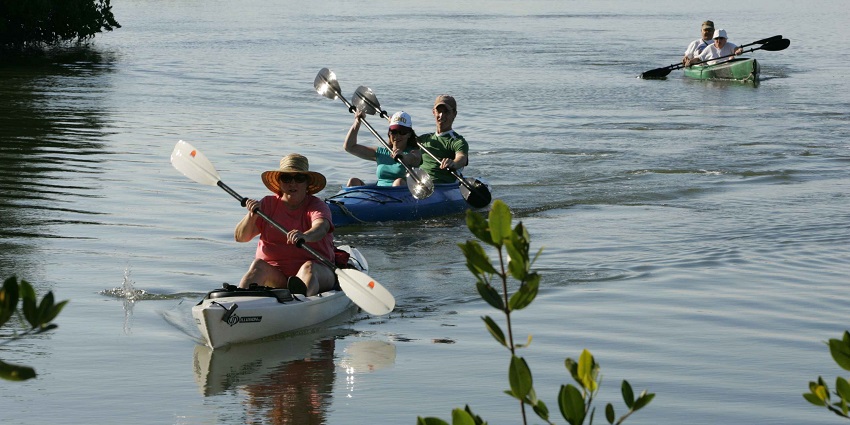
Photo: Hillebrand Steve / Wikimedia Commons / Image For Representation Only
Paddle through the tranquil, pristine waters of the lake and discover undiscovered coves, untouched beaches, and enchanting fishing villages. Here, through kayaking and canoeing, you can have a real taste of the serene nature of the lake while bewitching views of the surrounding landscapes can be enjoyed. The Tanzanian town of Kigoma and Mpulungu, the Zambian port town, are two great places where one can start by going on an adventure into the blue water.
3. Fishing Adventures
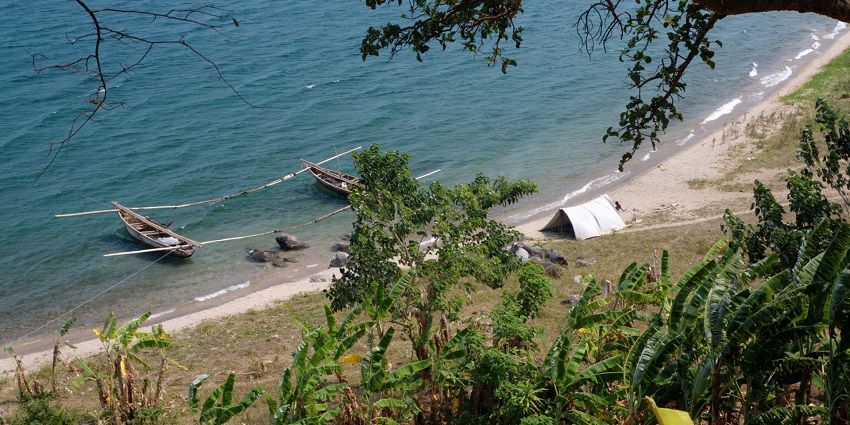
Photo: Emesik / Wikimedia Commons
The fish species found in the lake create a perfect spot for angling enthusiasts since they can hook Nile perch together with Tanganyika sardines and goliath tigerfish. Sports fishing joins traditional fishing as a popular activity in the lake through professional tour services that deliver genuine encounters. July through September represents the perfect time for fishing at the lake because water conditions remain steady and fish populations reach their peak levels. Tanzania Fishing Trips, together with Zambia and Burundi, allow visitors to experience the excitement of hooking one of Africa’s distinct freshwater fish species.
4. Wildlife Safaris At Mahale Mountains National Park
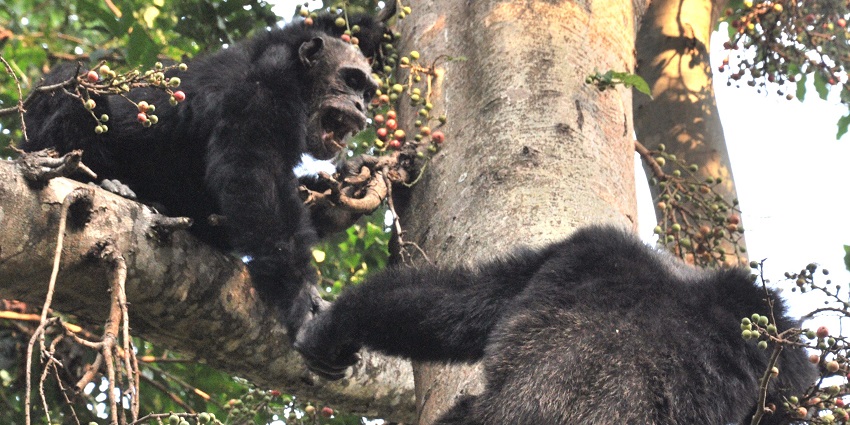
Photo: Caelio / Wikimedia Commons / Image For Representation Only
Mahale Mountains National Park is located on the eastern shores of the lake Tanganyika, and for nature lovers, this is undoubtedly the place to be. This park hosts one of the largest populations of chimpanzees in Africa, making it possible for visitors to enjoy thrilling trekking experiences. Besides the chimpanzees, it has a rich variety of wildlife, from leopards and bushbucks to exotic birds. The park is recommended for visits between July and October, which is when the drier season makes trekking easier.
Places To Visit Near Lake Tanganyika
Explore diverse landscapes, unique wildlife, and cultural landmarks surrounding Lake Tanganyika for an unforgettable journey.
1. Gombe Stream National Park
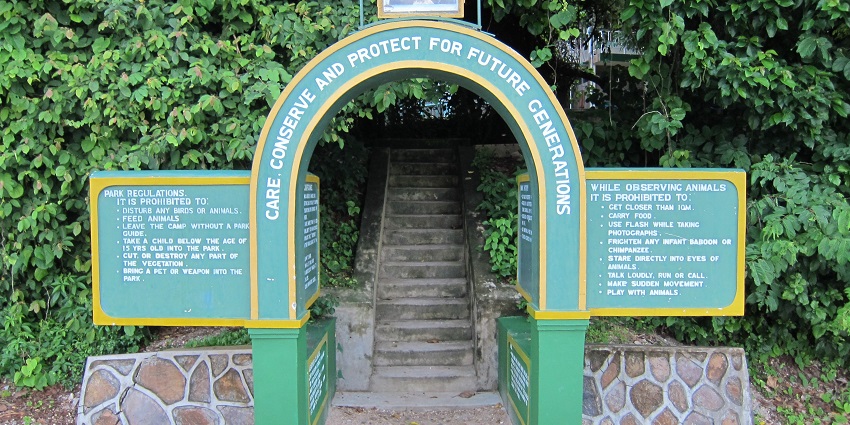
Photo: fabulousfabs / Wikimedia Commons
Gombe Stream National Park serves as a globally recognised wildlife sanctuary in Tanzania near the lake with its minimal size. With an area measuring 52 sq. km, Gombe Stream National Park is famous because scientists have been studying its chimpanzees under Jane Goodall since 1960. Visitors find pure delight in Gombe Stream National Park because its natural environment features dense forests and dramatic slopes, together with 200 bird species and red colobus monkeys and baboons.
2. Kalambo Falls
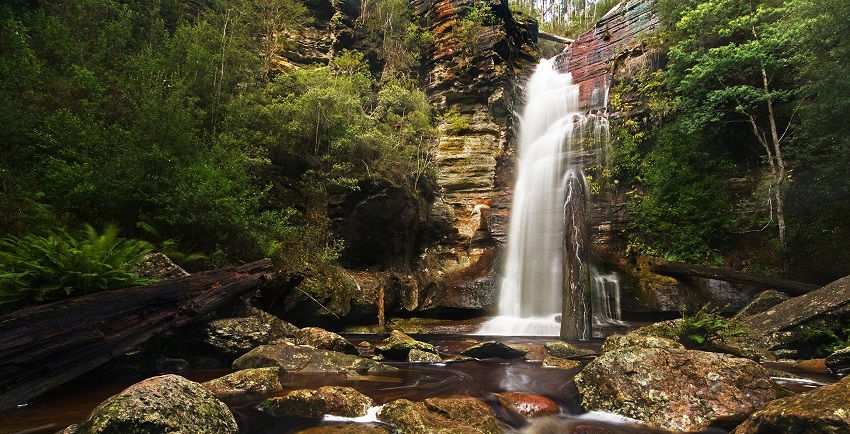
Photo: JJ Harrison / Wikimedia Commons / Image For Representation Only
On the border linking Zambia and Tanzania, Kalambo Falls stands as a stunning waterfall which drops through the Kalambo River. This waterfall exists at 771 feet above sea level, making it the second-tallest waterfall in Africa without interruptions. The region holds significant archaeological importance because archaeological sites extending back 300,000 years demonstrate some of our earliest human settlement evidence. Local communities draw their water supply from this waterfall while different species of wildlife utilise its habitat.
3. Nsumbu National Park

Photo: Geoff Gallice / Wikimedia Commons / Image For Representation Only
Nsumbu National Park sits on the southwest shores of the lake in Zambia and covers around 2,000 square kilometres. The park has a mix of woodlands, wetlands, and sandy beaches, making it a great spot for all kinds of wildlife and birds. Elephants, buffaloes, leopards, crocodiles, and hippos are found here, plus plenty of fish are there in the lake. It also offers beautiful views and fun activities like boat safaris and fishing. The park’s untouched beauty makes it a great spot for eco-tourism.
4. Bujumbura, Burundi
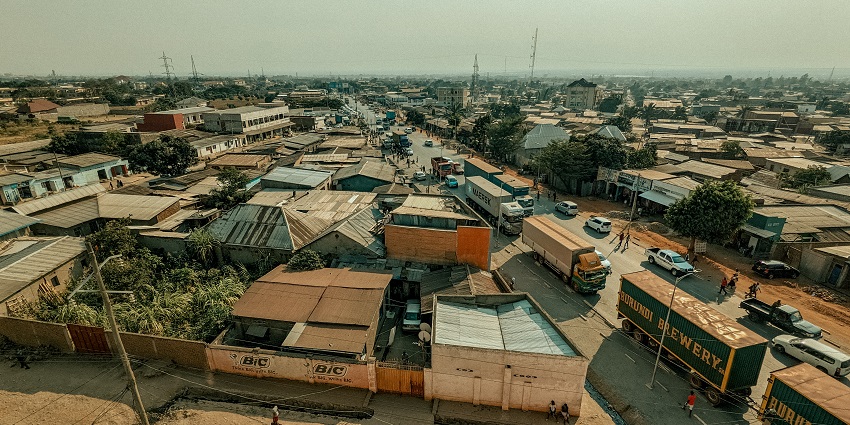
Photo: Edouard mhg / Wikimedia Commons
Bujumbura, the capital and largest city of Burundi, is located on the northeastern edge of Tanganyika Lake. It is the country’s economic and cultural centre with its lively markets, colonial architecture, and people. Spiced with the rich history of German and Belgian colonisation, this meets the city’s architectural and museum spaces. Bora Bora Beach and Baga Beach both have spectacular views over the lake and serve as their main tourist attractions. Indeed, it has the Livingstone-Stanley Monument commemorating the meeting of famous explorers.
5. Kipili Monastery, Tanzania
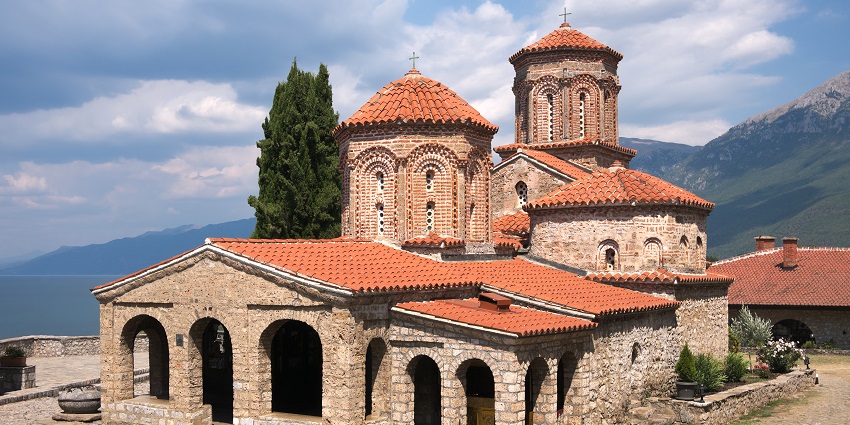
Photo: Petar Milošević / Wikimedia Commons
Kipili Monastery is an old historic Catholic mission site with the best views of the lake. Founded in the 1800s by the living white fathers, it proved vital in the spreading of Christianity in the region. Here is a collection of colonial architecture, serene surroundings, and amazing sunsets across the lake. It’s still a very major spiritual retreat, attracting many pilgrims who come to visit this and general tourists. Near it, one may also find some really untouched beaches, fishing villages, and diverse wildlife.
Where To Stay

Photo: Pixabay / Pexels / Image For Representation Only
There is a range of accommodation options associated with the lake from luxurious lodges to budget ones. Lake Shore Lodge in Tanzania delivers a beautiful escape to the beachfront and water activities. For the Zambia side traveller, Nsumbu Lodge marries comfort and wilderness, making it a good choice close to Nsumbu National Park. For those travellers looking for a few modern amenities combined with stunning views over the lake, the Kigoma Hilltop Hotel in Tanzania is an ideal destination. Over in Burundi, there is Hotel Club du Lac Tanganyika, which offers relaxation with easy access to the attractions of Bujumbura.
Where To Eat
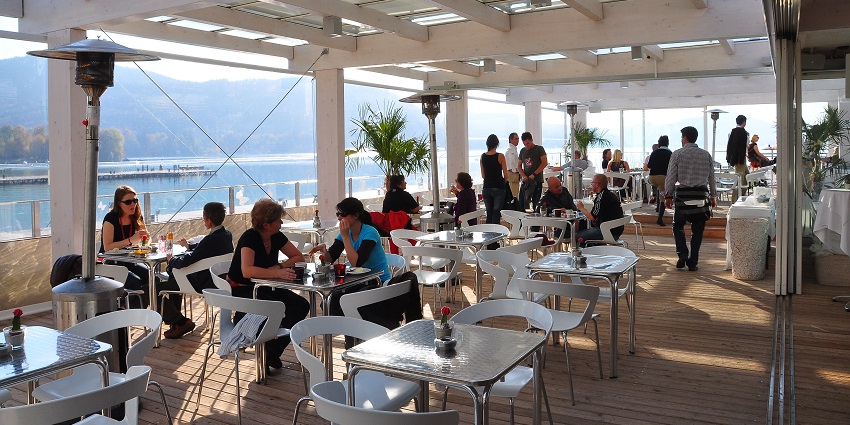
Photo: Johann Jaritz / Wikimedia Commons / Image For Representation Only
Local to international culinary options surround the lake. The Sunset Beach Restaurant (Kigoma, Tanzania) specialises in fresh seafood, especially grilled Tanganyika sardines, and the meals here are in the ₹500-₹1,500 range. A fine dining experience is offered at the Hotel Club du Lac Tanganyika (Bujumbura, Burundi), where meals cost around ₹1,200-₹2,500, and the menu includes fusion dishes inspired by both European and African traditions. Lakeview Restaurant, in Mpulungu, Zambia, offers cheap Zambian cuisine priced at ₹300-₹800. Other options from local markets include street foods like fried plantains and mukeke fish.
Tips For Travellers
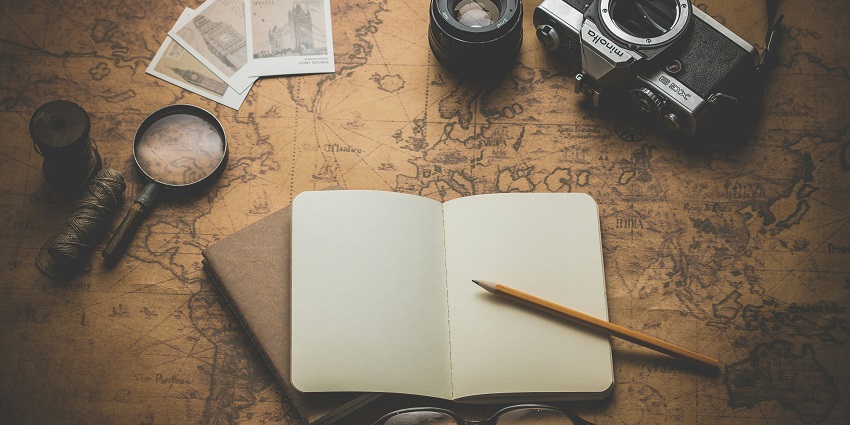
Photo: Dariusz Sankowski / Unsplash / Image For Representation Only
- Pack only what you need, but do so efficiently if you are visiting Lake Tanganyika.
- Definitely pack light clothing, but remember to bring a jacket for the cool nights.
- If you intend to swim or snorkel, bring along reef-safe sunscreen and water shoes for the rocky shores.
- Insect repellent is important due to the presence of mosquitoes in the area. Always bring some local currency, as ATMs may be limited in remote areas.
- Please respect local customs and wildlife regulations when visiting national parks or fishing villages.
- Make sure safety equipment is on the boat.
- Finally, drink plenty of fluids and be very aware of the sun, as the weather can be terribly dry and hot.
Lake Tanganyika is a place to visit for adventure, wildlife, and stunning scenery. Whether you wish to bask on a laid-back beach, try your hands at thrilling water activities, or even experience beautiful African culture, this jewel of Africa has something for every traveller. Let the discovery begin! Plan a trip with TripXL would make your venture to discover the wonders of the lake hassle-free.
Cover Photo: CC0 Public Domain / pxhere / Image For Representation Only


 WhatsApp
WhatsApp
 Twitter
Twitter



